This week, the water level in Lake Mead dropped to an all-time low, falling below 1080 feet above sea level for the first time in 78 years. As drought continues to afflict the American West, the dire situation at Lake Mead will continue to have consequences for states like Arizona, California, and Nevada that draw their water supply from Lake Mead.
In a new video Brookings Nonresident Senior Fellow Pat Mulroy, who served as general manager of the Southern Nevada Water Authority (SNWA) when one of the worst droughts in the history of the Colorado River hit the region, predicts the current crisis at Lake Mead and why it is a problem.
So what happens when the reservoir runs dry? Here are five facts about the situation at Lake Mead and what needs to be done to address the urgency of water scarcity for future generations:
- At full volume, Lake Mead and Lake Powell had 50 million acres feet of water in storage at a height of 1220 feet above sea level.
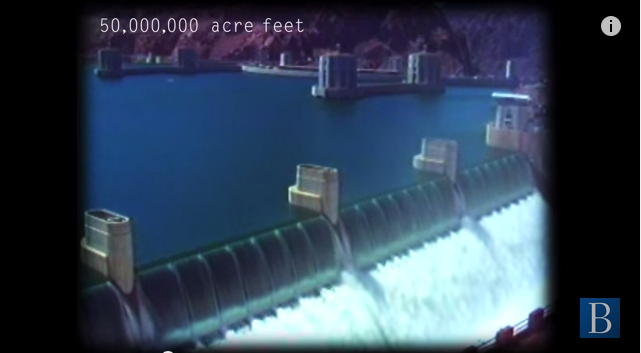
Mulroy says that “between Lake Mead and Lake Powell, you have over 50 million acre feet in storage when they’re full,” and “Lake Mead is full at sea level elevation, 1220 [feet].” This image shows the Hoover Dam at full capacity in 1983.
- Now Lake Mead is at record low levels and getting lower, causing consequences for the entire region.
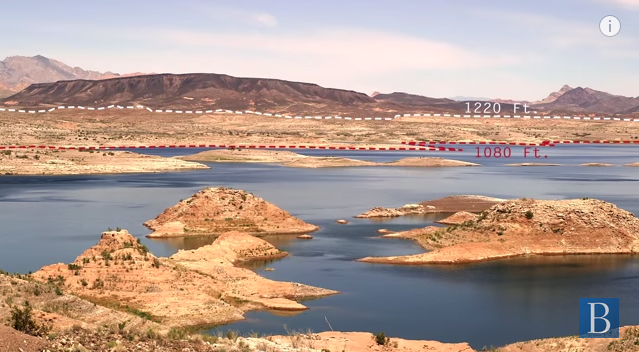
In the video, Mulroy describes how Lake Mead’s water level was “down around 1080 [feet]. Five more feet and Lake Mead goes into shortages and all of us take a haircut.” This week, the water level dropped below 1080 feet and the National Weather Service predicts it will drop further this summer. She argues that Lake Mead and Lake Powell “going down to quarter capacity is a pretty scary proposition. The loss of water in that reservoir system has been enormous. Go look at the bathtub rings, they’re scary.”
- The Southern Nevada Water Authority built an underground tunnel to prepare for this scenario.
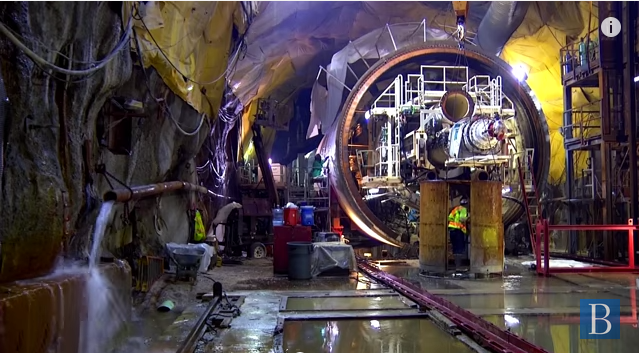
“We built this huge tunnel underneath Lake Mead so we can access even the last drop should the worst of all possible scenarios happen,” Mulroy explains.
- They took measures to prevent water use in residential areas and made changes to water usage in Las Vegas.
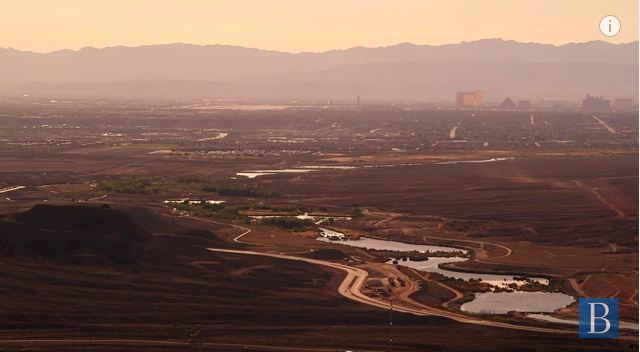
Mulroy describes her role with the Southern Nevada Water Authority and discussed how they “began to implement a whole series of measures aimed at driving down residential use. [They] banned grass in the front yards, [they] put in water waste ordinances, [they] put the community on a watering schedule, [and they] even put covenants on the property.” In addition, she says, “the entire Las Vegas strip, with the fountains and 40 million tourists a year that come through, as their net water footprint, they use 3-4 percent of all the water. So, everything that is used inside of those hotels is captured, treated, and reused, either indirectly or directly.”
- Investing in infrastructure can lessen the consequences, but we need to first identify ourselves as citizens of the watershed.
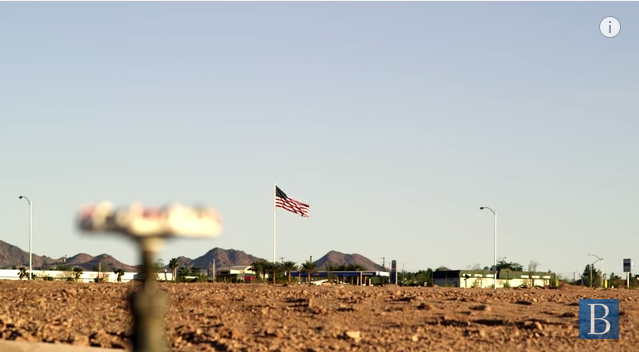
Mulroy believes that “water is a basic human right because you need it in order to live. But what you don’t have a basic human right to is that that water is pumped from great depths in Lake Mead, treated to a very safe standard, and then pumped 2500 feet to your front door to where all you have to do is turn on the tap. That infrastructure costs money.” However, Mulroy argues that “we need to identify ourselves as citizens of the watershed,” and argues that “if you want it treated and delivered at your house on a guaranteed 24/7 basis, then you have an obligation to help defray those infrastructure and operating costs.”
Listen to Pat Mulroy’s recent Brookings Cafeteria podcast on the American West’s water crisis »


Commentary
5 facts you need to know about Lake Mead’s water crisis
May 2, 2015